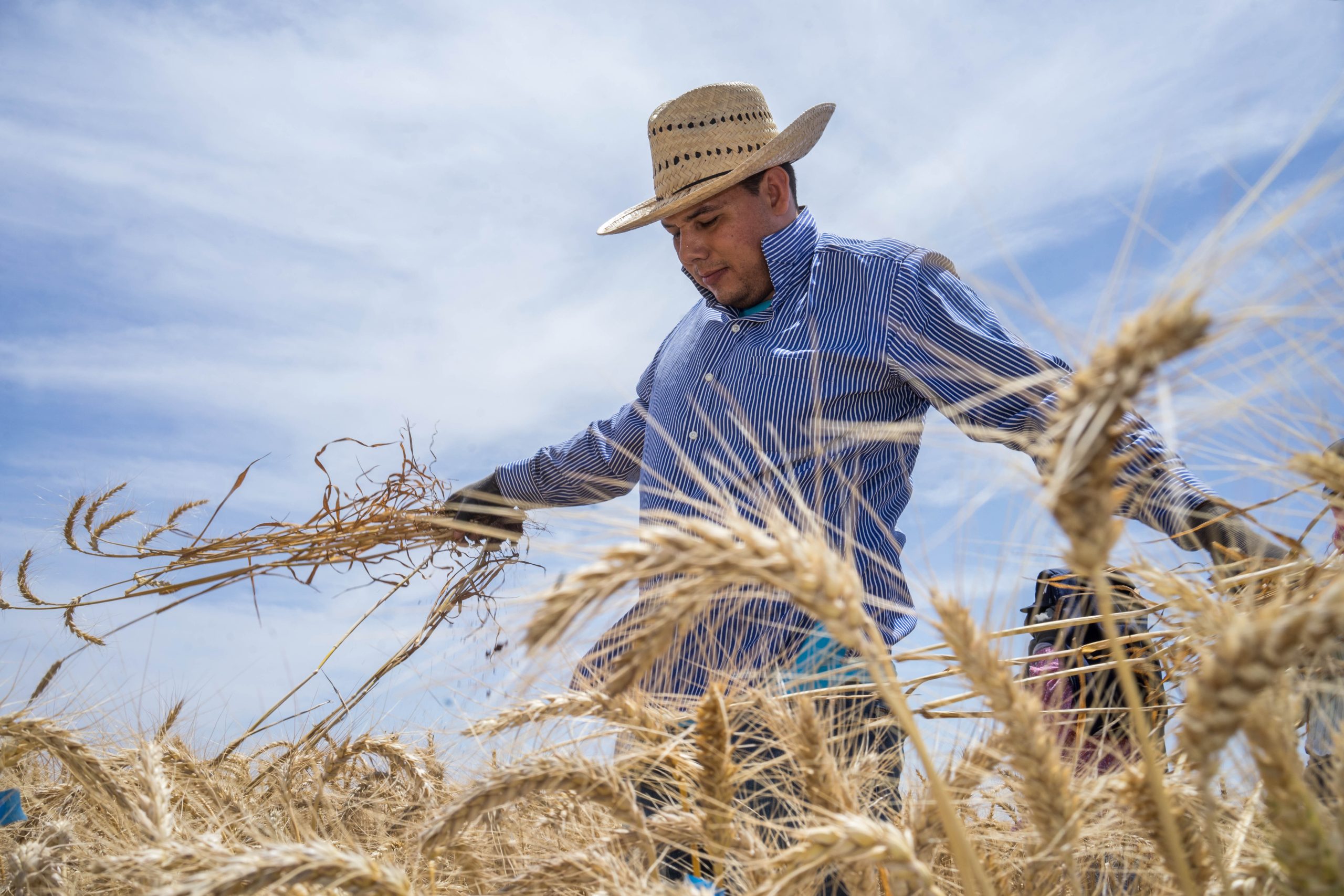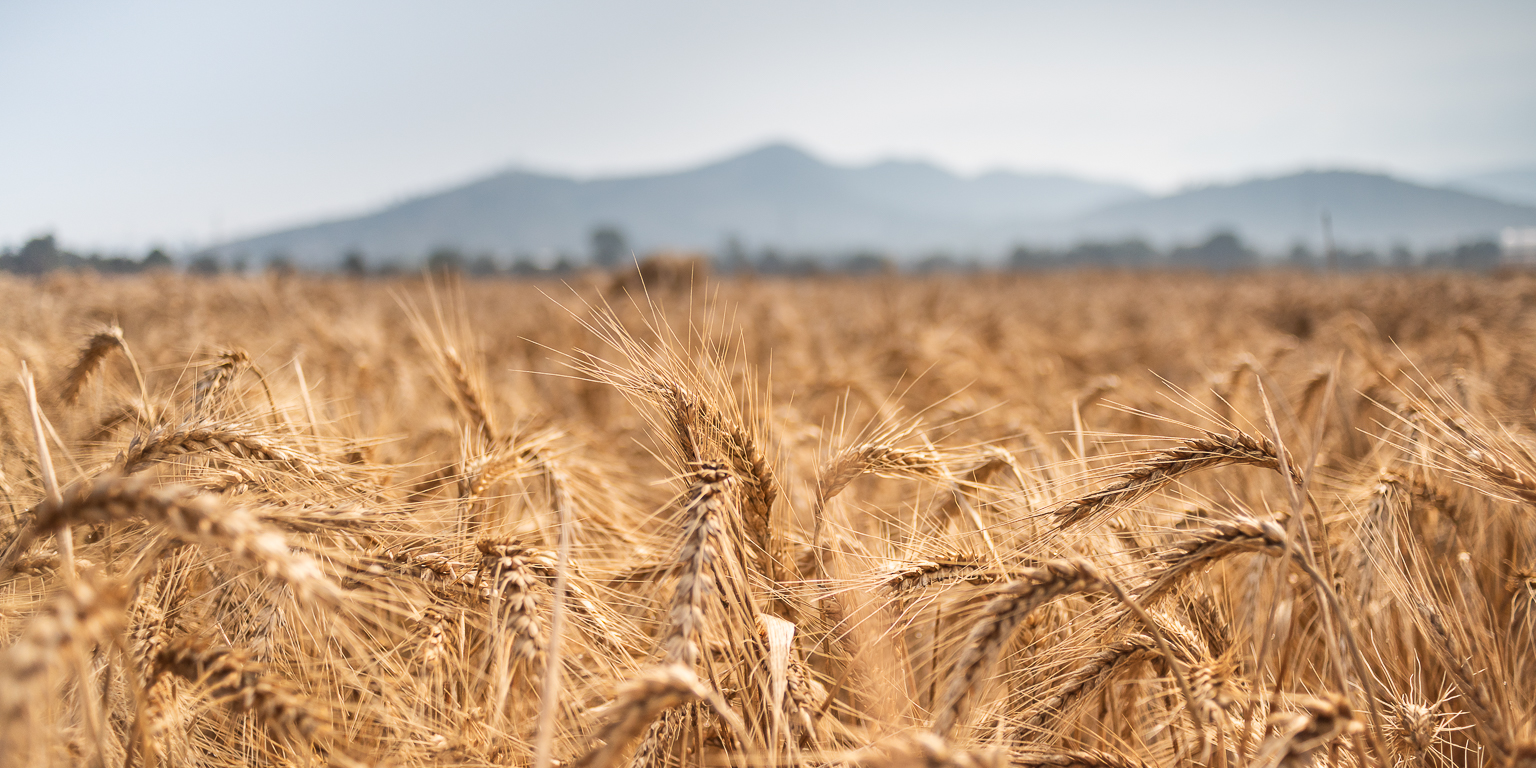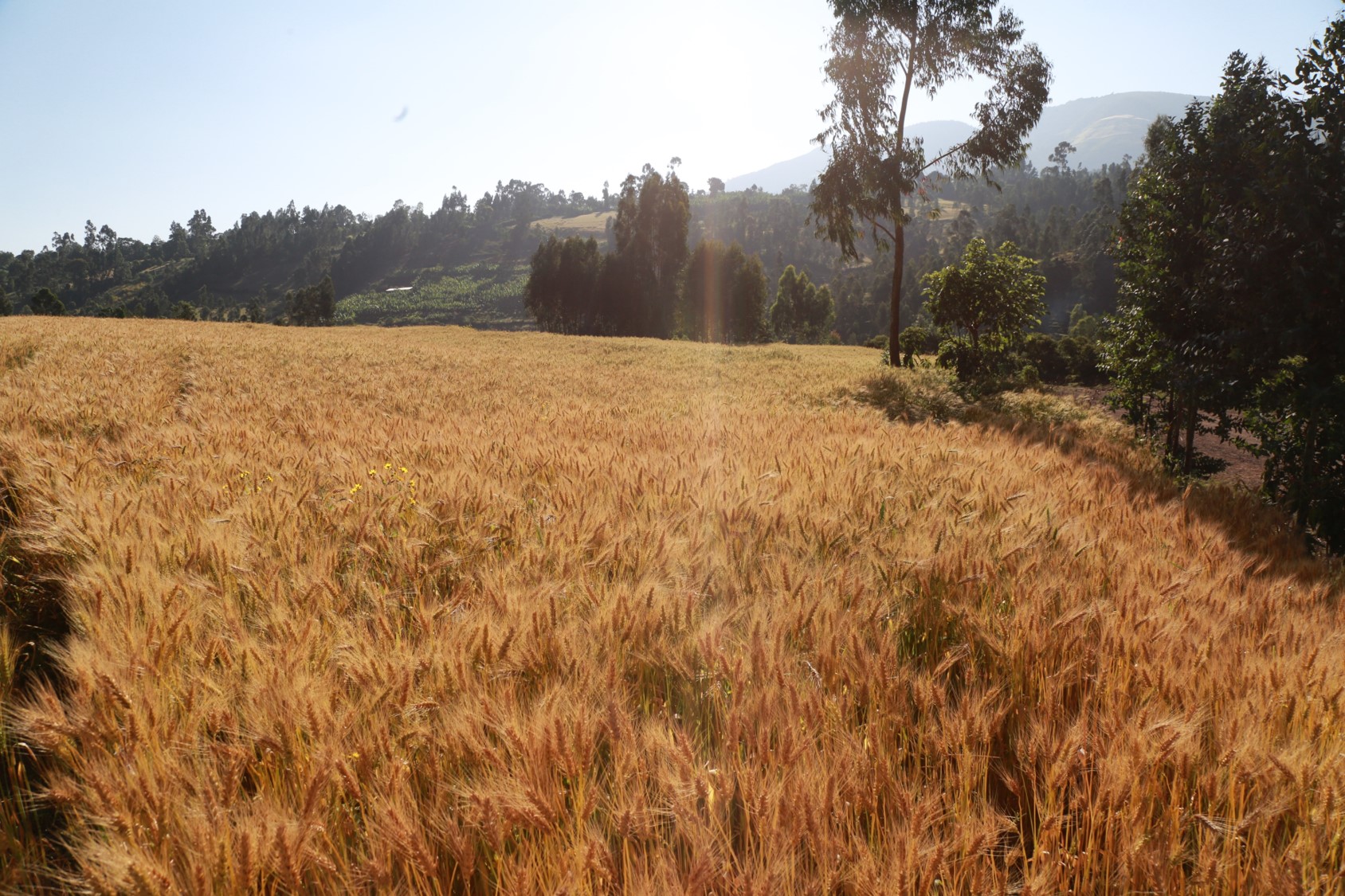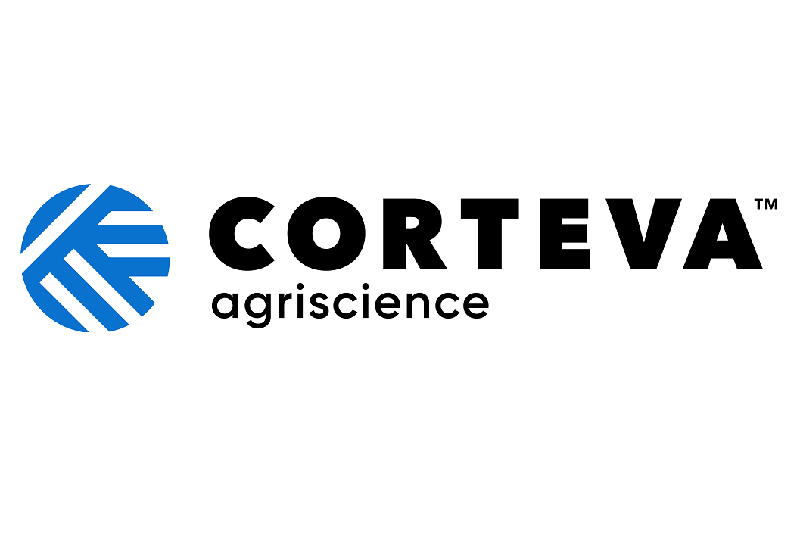Climate change is predicted to cause losses of more than 20% in agricultural production by 2050. With a growing global population, crops adapted to the effects of climate change, such as drought and heat, are necessary for the maintenance of productivity levels to meet the demand for food.
Scientists from the International Maize and Wheat Improvement Center (CIMMYT), in collaboration with scientists from the Universidad Autónoma Agraria Antonio Narro, set out to analyze bread wheat landrace traits against seven climactic variables: mean temperature, maximum temperature, precipitation, precipitation seasonality, heat index of mean temperature, heat index of maximum temperature, and drought index. The method used genome-environment associations (GEA) and environmental genome-wide association scans (EnvGWAS), which have traditionally been poorly applied in this type of research.
Based on a sample of 990 bread wheat landraces from the CIMMYT genebank, the study discovered proteins associated with tolerance to drought and heat. With these results, new genotypes with resistant alleles can be selected for breeding programs to produce resistant varieties adapted to extreme environments and the effects of climate change.
Read the study: Worldwide Selection Footprints for Drought and Heat in Bread Wheat (Triticum aestivum L.)
This work was implemented by CIMMYT as part of the Seeds of Discovery (SeeD) Initiative in collaboration with Universidad Autónoma Agraria Antonio Narro (UAAAN), made possible by the generous support of the MasAgro project funded by the Government of Mexico’s Secretariat of Agriculture and Rural Development (SADER). Any opinions, findings, conclusion, or recommendations expressed in this publication are those of the author(s) and do not necessarily reflect the view of SADER.
Cover photo: Field hand collecting wheat in Ciudad Obregon, Mexico. (Photo: Peter Lowe/CIMMYT)


 Environmental health and biodiversity
Environmental health and biodiversity 
